How to Find the Best Euro Exchange Rate in 2025?

Whether you’re dreaming of a European getaway, investing in Eurozone markets, paying overseas tuition, or running a global business, securing the best exchange rate for your Euros (EUR) can make a substantial difference to your financial outcomes. Far too many people underestimate the impact of currency exchange rates on their total costs, yet even minor variations can lead to significant savings—or losses—particularly when dealing with larger transactions.
In 2025, as global markets continue to evolve at a rapid pace and geopolitical uncertainties reshape economic landscapes, understanding why exchange rates matter and how they influence your financial decisions has never been more critical. With the Eurozone facing its own unique blend of challenges and opportunities, from trade dynamics to monetary policy shifts, getting the timing and method of your currency exchange right can stretch your money further and protect your bottom line.
How Exchange Rates Can Change Your Finances
Exchange rates are more than just numbers—they directly dictate how much you spend or receive when converting currencies. A weaker home currency means higher costs for travel, imports, or overseas purchases, while a stronger currency amplifies your purchasing power abroad. Even small fluctuations in these rates can add up, especially when you’re handling significant sums. Let’s break this down with some practical examples to illustrate the stakes.
Maximising Purchasing Power
When you convert your money into Euros, the exchange rate determines how much EUR you’ll end up with. Timing your exchange wisely can mean the difference between a comfortable budget and a strained one. Consider this:
At an exchange rate of 1 GBP = 1.18 EUR, £1,000 gets you €1,180. If the rate slips to 1 GBP = 1.13 EUR, that same £1,000 only gives you €1,130. That’s a €50 loss, purely from the timing of your exchange.
This variation directly impacts what you pay for goods, services, accommodation, tuition fees, or even real estate across the Eurozone. Whether you’re booking a hotel in Paris, buying wine from Tuscany, or settling a bill in Berlin, optimising when and how you exchange your money can stretch your pounds further and enhance your purchasing power.
Savings on Large Transfers
The stakes get even higher when you’re dealing with substantial international transfers—say, €50,000 for a property purchase in Spain, tuition fees in Germany, or an investment in an Italian startup. A seemingly small difference in the exchange rate can translate into a meaningful financial impact. For example:
At an exchange rate of 1 EUR = 0.80 GBP, €50,000 converts to £40,000. If the rate shifts to 1 EUR = 0.82 GBP, that same €50,000 becomes £41,000—a £1,000 difference that could cover a month’s rent, a semester’s worth of books, or a critical business expense.
For anyone moving large sums across borders, securing a favourable rate isn’t just a nice-to-have—it’s a necessity that can preserve your financial plans and prevent unexpected shortfalls.
Impact on Business Margins
If you’re running a business that operates in the Eurozone or receives payments in Euros, exchange rate movements can make or break your profitability. A stronger Euro might make your products less competitive in European markets, while a weaker Euro could inflate the cost of importing goods from the region. Consider a UK-based retailer importing €100,000 worth of fashion from France:
At 1 GBP = 1.20 EUR, that’s £83,333.
At 1 GBP = 1.15 EUR, it jumps to £86,957—a £3,624 increase that cuts into profit margins.
For businesses, managing these fluctuations effectively isn’t just about saving money—it’s about maintaining stable pricing, protecting cash flow, and staying competitive in a global marketplace.
Real-Life Scenario
Let’s meet Sarah, a UK-based freelance graphic designer who often gets paid in Euros by clients across the Eurozone. In early 2024, she converted €5,000 to GBP at a rate of 1 EUR = 0.85 GBP, netting her £4,250—enough to cover her rent and utilities. A few months later, the rate dropped to 1 EUR = 0.81 GBP, and the same €5,000 only gave her £4,050. That £200 shortfall forced her to dip into savings to make ends meet. Had Sarah used a rate alert to catch a better rate or locked in a forward contract earlier in the year, she could’ve avoided that financial squeeze. Her story underscores a key lesson: timing matters and the tools to manage it are within reach.
Timing Your Currency Exchange for Maximum Value: A Smart Approach for EUR in 2025
When it comes to exchanging currency, timing isn’t just a minor detail—it can be the difference between saving hundreds or losing thousands of pounds, dollars, or whatever currency you’re starting with. For those dealing with Euro (EUR) transactions in 2025—whether you’re wiring money to a European supplier, buying a holiday home in Portugal, paying university fees in the Netherlands, or managing living expenses abroad—knowing when to make your move can dramatically improve your financial outcomes.
Why Timing Matters in Currency Exchange
The foreign exchange (Forex) market is a dynamic, volatile beast, influenced by a dizzying array of factors: central bank decisions, economic data releases, geopolitical shocks, and shifting market sentiment. Exchange rates can swing wildly within hours, let alone days or weeks. While these movements might feel unpredictable, there are patterns and strategies you can leverage to buy or sell Euros when the rate is in your favour.
Take this example: If you’re converting £50,000 to EUR, the timing of your exchange could shift your results significantly:
At an exchange rate of 1 GBP = 1.20 EUR, you receive €60,000.
If the rate drops to 1 GBP = 1.15 EUR, you get just €57,500—a €2,500 difference that could’ve funded a flight, a car rental, or a chunk of your mortgage deposit.
Timing isn’t about luck—it’s about preparation and awareness.
Key Timing Strategies to Maximise Your Exchange Value
Here are five actionable strategies to help you get the most out of your Euro exchanges in 2025:
Monitor Economic Calendars
Economic data releases are like weather forecasts for the Forex market—they signal when storms (or sunny spells) might hit. For the Euro, key events often trigger significant volatility, offering opportunities to catch a better rate if you’re paying attention. Use online economic calendars—such as those on Trading Economics, Investing.com, or Bloomberg—to stay ahead of the curve.
What to Watch For:
- European Central Bank (ECB) Meetings: Interest rate decisions or policy shifts can jolt the EUR up or down.
- Eurozone CPI (Consumer Price Index) Reports: Inflation data influences ECB actions and market expectations.
- Unemployment and Employment Figures: Strong job numbers can boost the EUR; weak ones can drag it down.
- GDP Growth Announcements: Positive growth strengthens confidence in the Eurozone economy.
These events often cause sharp intraday movements. By planning your exchange either just before a big announcement (to avoid volatility) or shortly after (once markets stabilise), you can often snag a more favourable rate.
Avoid High-Volatility Periods
While some volatility can work in your favour, certain events bring chaos that’s best sidestepped—especially for large transactions. During these times, banks and exchange providers often widen their spreads (the gap between buy and sell rates), meaning you get less Euro for your money.
When to Hold Off:
- During EU or National Elections: Political uncertainty (e.g., French or German elections) can unsettle the EUR.
- Amid Geopolitical Tensions: Trade disputes, conflicts (like Russia-Ukraine), or EU internal rifts can spark erratic swings.
- Right Before/After Economic Shocks: Think recessions, energy crises, or sudden credit downgrades—these can whipsaw rates unpredictably.
If you can wait out these storms, you’re more likely to exchange when spreads tighten and rates stabilise.
Identify Historically Strong Months for EUR
The Euro doesn’t follow a strict seasonal script, but historical data reveals tendencies worth noting:
- Early Q1 (January–March): Institutional portfolio rebalancing often increases EUR demand as investors adjust positions.
- Periods of Global Uncertainty: Unlike the USD, the EUR isn’t a top safe-haven currency, so it may weaken during crises as capital flows to the dollar.
- ECB Policy Tightening: When the ECB raises rates or signals hawkish moves, the EUR often gains as capital flows into Eurozone assets.
You can dig into historical exchange rate data on platforms like XE.com or OANDA to spot these patterns. While past performance isn’t a crystal ball, it can guide your expectations and help you plan for potentially stronger EUR windows in 2025.
Use Rate Alerts and Tracking Tools
In a market that never sleeps, you don’t have to watch rates 24/7—let technology do the heavy lifting. Tools like Wise, XE, Revolut, or CurrencyFair offer features to:
- Set Exchange Rate Alerts: Get notified when GBP/EUR hits your target (e.g., 1.20).
- Track Currency Trends: See daily, weekly, or monthly movements to anticipate the best exchange windows.
- Lock in Rates Quickly: Act instantly when the market aligns with your goals, skipping the emotional guesswork.
These tools are gold for large transfers or if your timeline is flexible—say, waiting for a rate to hit before buying that villa in Provence.
Consider the Purpose of Your Exchange
Your exchange strategy should match your goals:
- For Large Purchases (e.g., Buying Property in Spain): Use a forward contract to lock in today’s rate for a future payment—perfect if you need certainty for budgeting a €200,000 deposit.
- For Recurring Expenses (e.g., Tuition, Rent): Try dollar-cost averaging. Split your exchange into smaller chunks over weeks or months to smooth out market swings—ideal if you’re sending €2,000 monthly to a student in Amsterdam.
By tailoring your approach to your specific needs, you can balance risk and reward effectively.
Strategies to Find the Best EUR Exchange Rate
When exchanging currency—especially large or regular amounts—nailing a great rate can save you hundreds or thousands. Even a tiny improvement in the rate can snowball into meaningful gains. Here’s how to ensure you’re getting the most Euro for your money in 2025.
Compare Exchange Providers
Your bank might be your go-to, but it’s rarely the best deal. Banks often slap on poor rates and hefty fees, skimming value off your exchange. Specialist providers, on the other hand, compete harder for your business.
What to Compare:
- Exchange Rates: How close is the rate to the mid-market rate (the “true” rate on Google or XE)?
- Fees: Look for flat fees, percentage charges, or hidden costs buried in the rate.
- Transfer Time: Will your Euros arrive in hours, days, or longer?
- Limits: Does the provider handle your transfer size—small or large?
Tip: Use comparison sites like MoneySavingExpert or apps that aggregate quotes from multiple providers. Platforms focusing on international transfers often beat high-street banks hands-down.
Use Real-Time Currency Tracking Tools
Exchange rates shift by the minute as global markets react to news and data. Real-time tracking tools give you the power to strike when the iron’s hot.
Look for platforms or apps that:
- Show live market rates for GBP/EUR or USD/EUR.
- Chart historical trends (daily, monthly, yearly) to spot patterns.
- Monitor your preferred currency pairs with precision.
- Let you save or screenshot rates for reference.
Some digital banking apps (e.g., Revolut, Wise) even integrate tracking, so you can pounce when rates align with your goals.
Set Target Rate Alerts
Don’t have time to babysit the market? Rate alerts do the watching for you.
How It Works:
- Pick your ideal rate (e.g., 1 GBP = 1.20 EUR).
- Get a ping—email, text, or app notification—when the market hits it.
- Exchange fast to lock in the value.
Most currency platforms offer this for free, making it a no-brainer for big transfers where a 1% shift could mean €1,000+ in savings.
Be Aware of Weekday vs Weekend Rates
Forex markets run Monday to Friday, with live rates reflecting real-time trading. On weekends, they’re closed, and providers often widen spreads to hedge against Monday’s reopening.
Why It Matters:
- Weekdays: Tighter spreads, better value—especially mid-week (Tuesday–Thursday) when liquidity peaks.
- Weekends: Higher markups to cover risk, costing you more EUR.
Tip: If you’ve got flexibility, aim for mid-week exchanges to dodge the weekend penalty.
Combine Tools for Better Outcomes
Maximise your edge by blending these tactics:
- Compare rates across providers to find the cheapest option.
- Track trends with apps to spot the right moment.
- Set alerts to catch your target rate without constant checking.
- Use a digital multi-currency wallet (e.g., Wise, Revolut) to hold funds and convert when rates peak.
This combo puts you in the driver’s seat, stripping away the guesswork and boosting your EUR haul.
Hedging Strategies for Large or Future Transactions
When you’re gearing up for a major Euro transaction—buying a home in Greece, paying tuition in Ireland, or settling a supplier invoice—timing becomes a high-stakes game. Currency hedging tools can shield you from market swings and lock in value. Here’s how to play it smart.
Forward Contracts
A forward contract lets you secure today’s exchange rate for a future date, no matter where the market heads next. It’s like an insurance policy for your budget.
Best For:
- Future property purchases (e.g., a €300,000 flat in Barcelona).
- Scheduled tuition payments (€20,000 per semester).
- Business invoices with fixed deadlines.
Example: You need €100,000 in three months. Today’s rate is 1 GBP = 1.20 EUR. Lock it in, and you’ll get €100,000 for £83,333—even if the rate drops to 1.15 by then, saving you £3,623.
Benefits: Budget certainty, risk protection, peace of mind.
Downside: No flexibility—if rates improve, you’re stuck with the locked rate.
Multi-Currency Accounts
These accounts let you hold multiple currencies—like GBP and EUR—and convert when rates suit you.
Why It Helps:
- Flexibility to wait for a peak rate before converting.
- Avoids rushed exchanges at lousy rates.
- Perfect for frequent travellers, expats, or businesses juggling currencies.
Use Case: You earn £5,000 monthly, monitor GBP/EUR daily, and convert to EUR only when the rate hits 1.20+. Hold the Euros until you need them—no pressure, no panic.
How Trump’s Tariffs and Geopolitical Dynamics Could Shape the EUR in 2025
Predicting the Euro’s (EUR) path through 2025 means untangling a messy web of forces: Donald Trump’s tariff policies, geopolitical tensions, and shifting prices for oil, commodities, and gold. As of 27 March 2025, these elements are already shaking up markets, and their ripple effects could define the EUR’s fate in the months ahead. Let’s explore how this might play out with a UK lens and deeper insight.
Trump’s Tariffs: A High-Stakes Game for the EUR
Trump’s tariff agenda is bold and disruptive: 25% on imports from Canada and Mexico, 20% on China (up from 10%), and targeted levies—like 25% on nations buying Venezuelan oil (effective next week) and 25% on autos from 2 April. These aim to protect US industries, but they’ll jolt the Eurozone—and the EUR—too:
Key Risks to the EUR:
- Export Headwinds: Higher US import costs could slam Eurozone exports—German cars, French wine, Italian machinery—potentially shaving €50 billion off-trade volumes. A weaker trade surplus might drag the EUR down 3-5% by mid-2025.
- Inflation Ripple: Tariffs could nudge Eurozone import prices up, adding €600 (£500) to household bills annually, per estimates. If inflation climbs from 2.3% to 3%, the ECB might hike rates from 3.5% to 4%, lifting the EUR as capital flows in.
- Retaliation Risk: The EU’s mulling 200% tariffs on US alcohol and other goods. If exports to the US (e.g., €20 billion in machinery) falter, the EUR could wobble—though its diversified trade might cushion the blow.
Geopolitical Tensions: The EUR in a Stormy World
Trump’s tariff threats—like 100% on BRICS nations challenging the USD—add fuel to a tense global fire. Middle East flare-ups (Israel-Iran), Russia’s war in Ukraine, and EU internal squabbles could sway the EUR:
Key Risks to the EUR:
- Safe-Haven Shift: Global crises often boost the USD over the EUR. A Gulf conflict or Ukraine escalation might see the EUR dip 2-3% as investors flee to dollars.
- EU Fragility: Political gridlock (e.g., France vs Germany on budgets) or populist surges could dent confidence, softening the EUR by late 2025.
Oil Prices: Energy’s Double Edge
Trump’s “drill, baby, drill” push and tariff twists are shaking oil markets:
Impact on the EUR:
- US Oil Flood: Ramping US output to 14 million barrels daily could drop Brent crude to €60/barrel from €70 if Middle East tensions ease. Cheaper energy might ease Eurozone costs, nudging the EUR up 1-2%.
- Tariff Spikes: The Venezuelan oil levy has already lifted prices €3/barrel. Higher energy costs could stoke inflation, pressuring the ECB—and the EUR’s path hinges on their response.
Commodities: The EUR’s Quiet Ally
Commodity prices tie into the EUR’s fortunes:
Impact on the EUR:
- USD Strength Impact: A tariff-driven USD rise could depress metal prices (copper at €6,800/tonne, aluminium €1,900/tonne), weakening commodity currencies (AUD, CAD) and relatively boosting the EUR.
- Trade War Fallout: A 10% drop in steel flows might cool demand for Eurozone raw materials, subtly supporting the EUR against export-reliant peers.
Gold: The EUR’s Glittering Rival
Gold’s hit €2,420/ounce ($3,020) by 21 March 2025, up 15% this year on tariff fears:
How Gold Affects the EUR:
- Uncertainty Hedge: Gold thrives in chaos, often pressuring the EUR. If it climbs to €2,500, the EUR might soften unless ECB hikes offset it.
- Growth Counter: Strong Eurozone GDP (projected 1.8%) and rates could pull gold back to €2,300, giving the EUR breathing room.
The EUR’s 2025 Path: Resilience with Turbulence
The EUR looks set for a bumpy but steady ride:
- Tariff Drag: Export losses might be trimmed by 3-5% by July as auto tariffs hit.
- ECB Lift: Rate hikes could push it up 2-4% late-year if inflation bites.
- Volatility Spikes: Expect 3-5% swings from trade wars and geopolitics.
The EUR should end 2025 resilient, buoyed by Eurozone fundamentals, but expect a rollercoaster along the way.
Conclusion: Make Every Euro Count in 2025
Securing the best EUR exchange rate in 2025 isn’t just about watching numbers—it’s about decoding the global forces behind them and wielding smart, actionable strategies. Whether you’re a traveller swapping spending cash, a business wiring big sums, or an investor playing Eurozone markets, timing, tools, and provider choice can tip the scales in your favour.
From tracking ECB moves and inflation to using forward contracts or multi-currency accounts, staying informed and proactive gives you the upper hand. Even a slight rate improvement can mean serious savings—so treat your exchange with the focus of any major financial move. Be strategic. Be patient. Be informed. That’s how you maximise your Euros in 2025.
FAQs: EUR Exchange Rates in 2025
-
What is a good EUR exchange rate in 2025?
No universal “good” rate exists—it hinges on trends, sentiment, and your needs. Use historical averages and live trackers to set targets. -
Is it better to exchange EUR on weekdays or weekends?
Weekdays win—weekend spreads widen, costing you more. -
How do I know if it’s the right time to exchange?
Follow ECB updates economic data, and set rate alerts for your goal. -
Should I exchange a lump sum or spread it out?
Spread it for flexibility with dollar-cost averaging; lock lump sums with forward contracts for certainty. -
Are banks the best place to exchange Euros?
Rarely—specialist platforms usually offer better rates and lower fees. -
What’s the safest way to manage currency risk?
Mix forward contracts, multi-currency accounts, and alerts for a robust shield. -
Do exchange rates change during the day?
Yes—markets react constantly to news, data, and sentiment, shifting rates hourly.


 English
English 


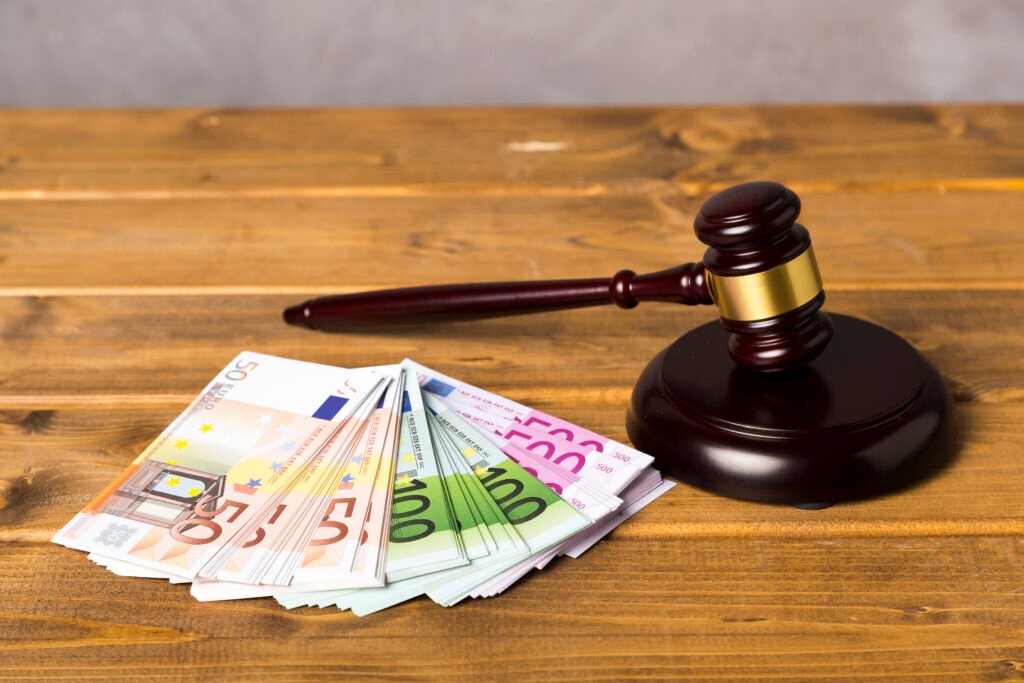
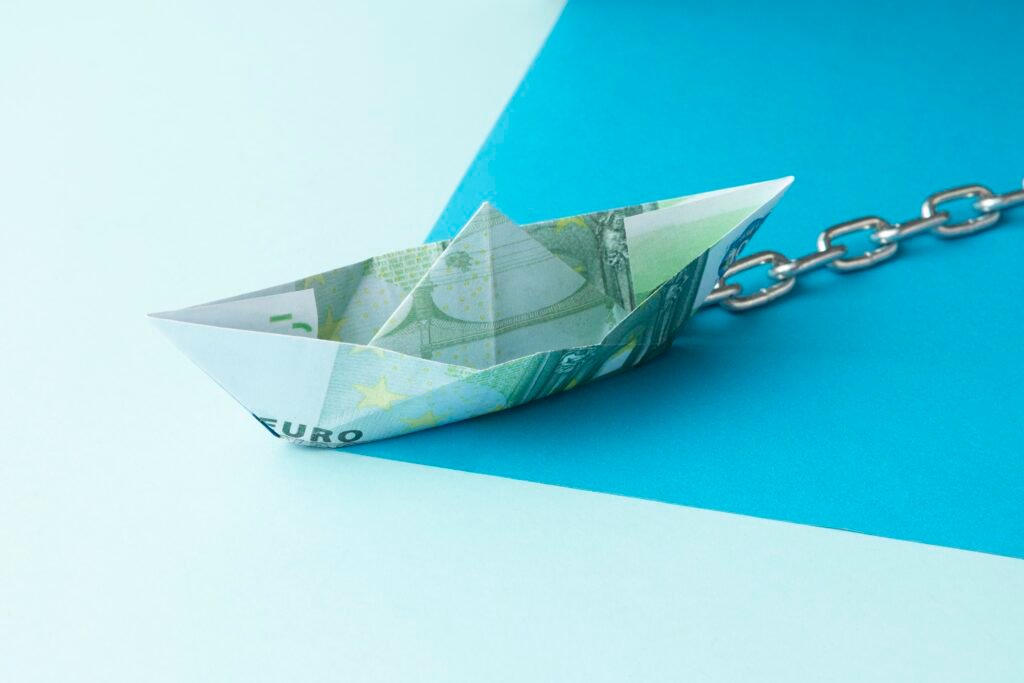



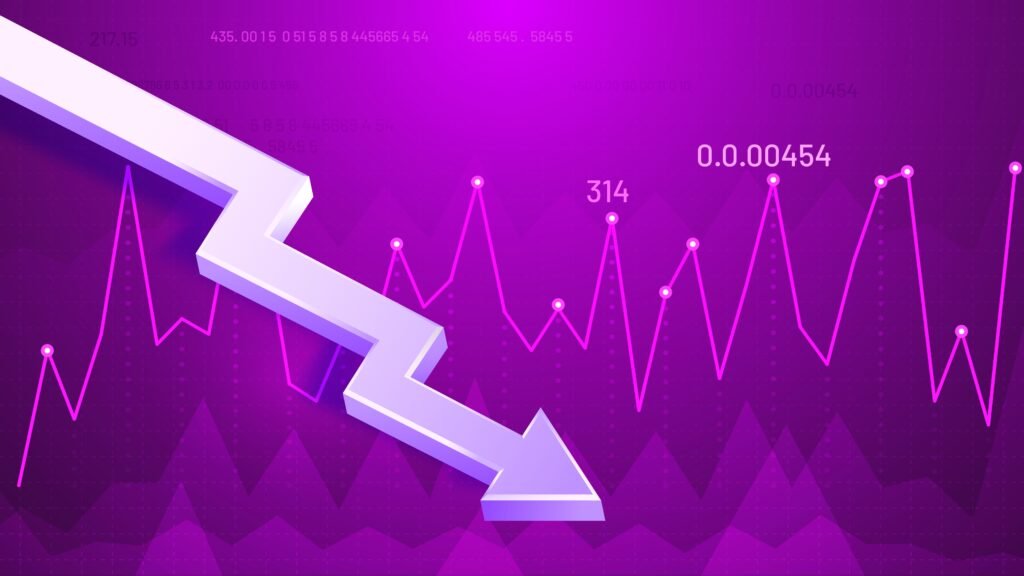


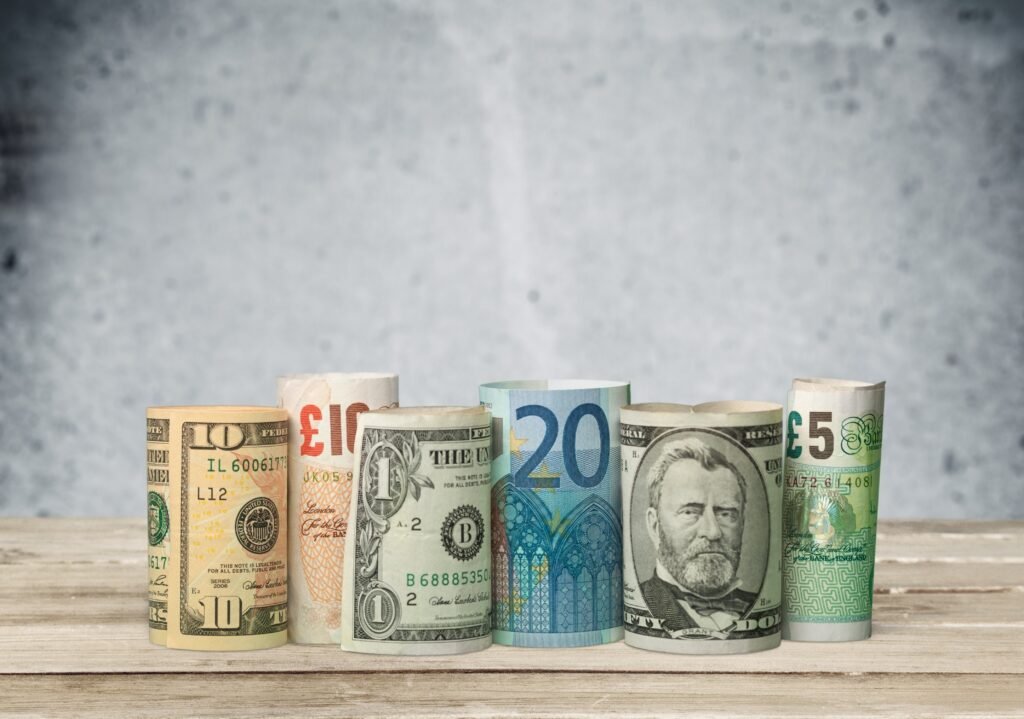


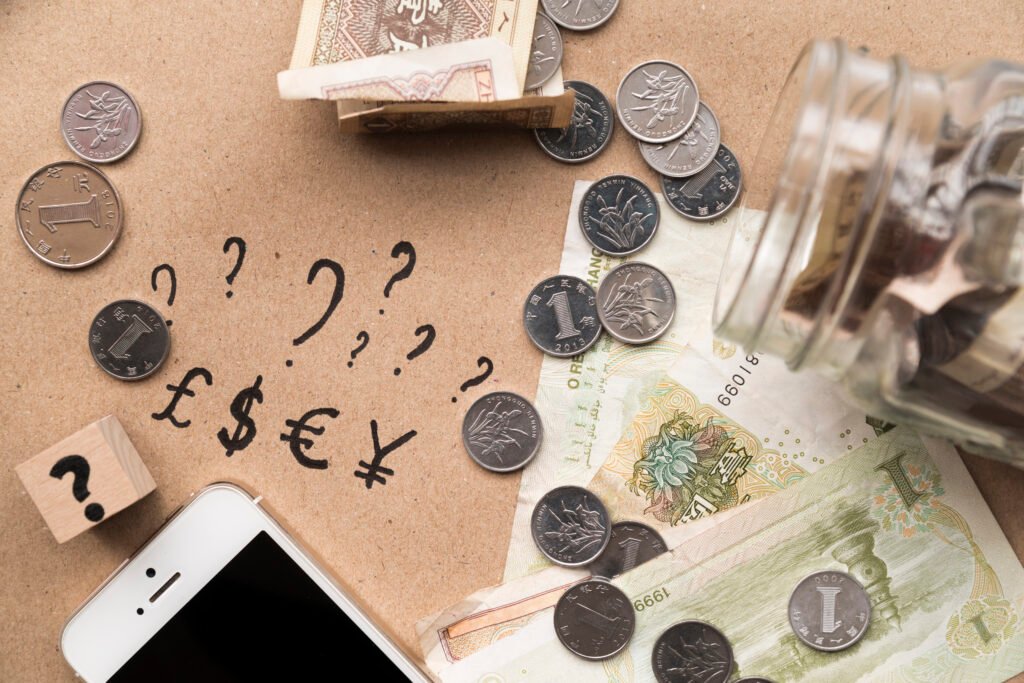









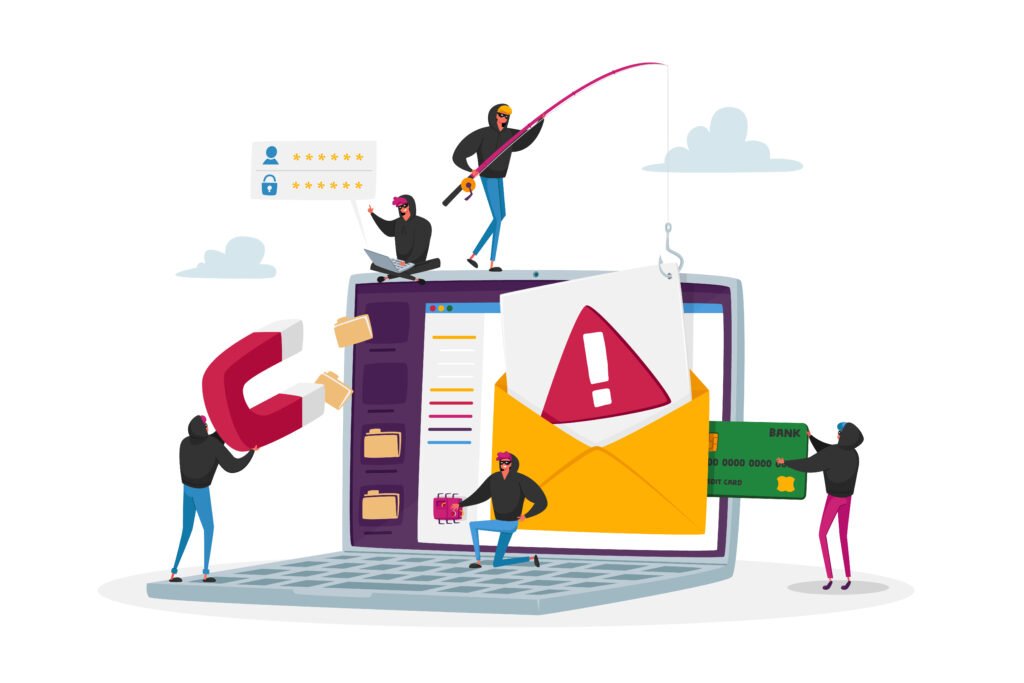

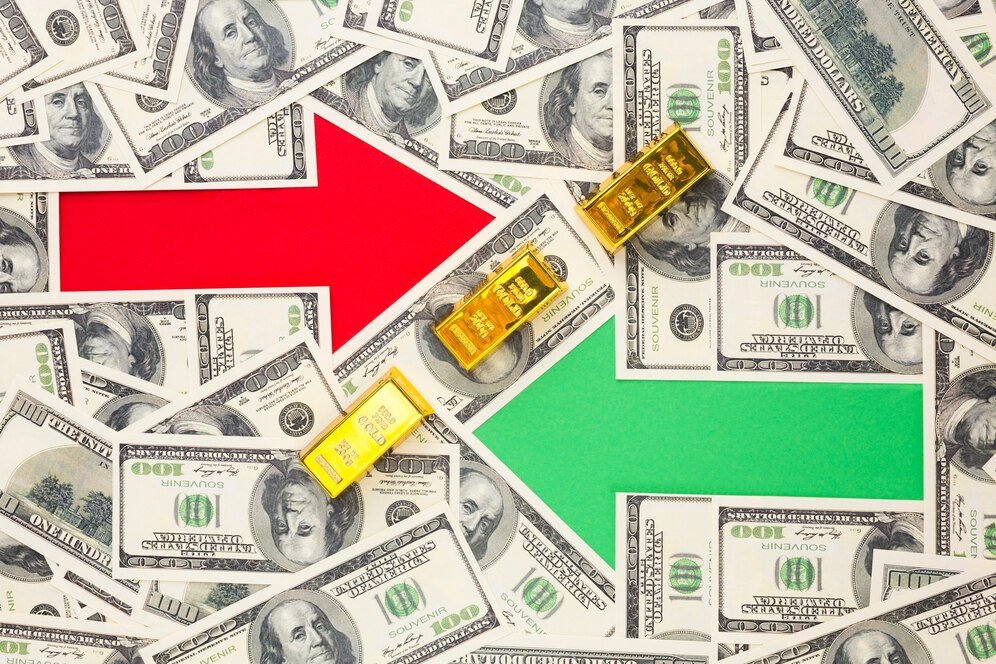

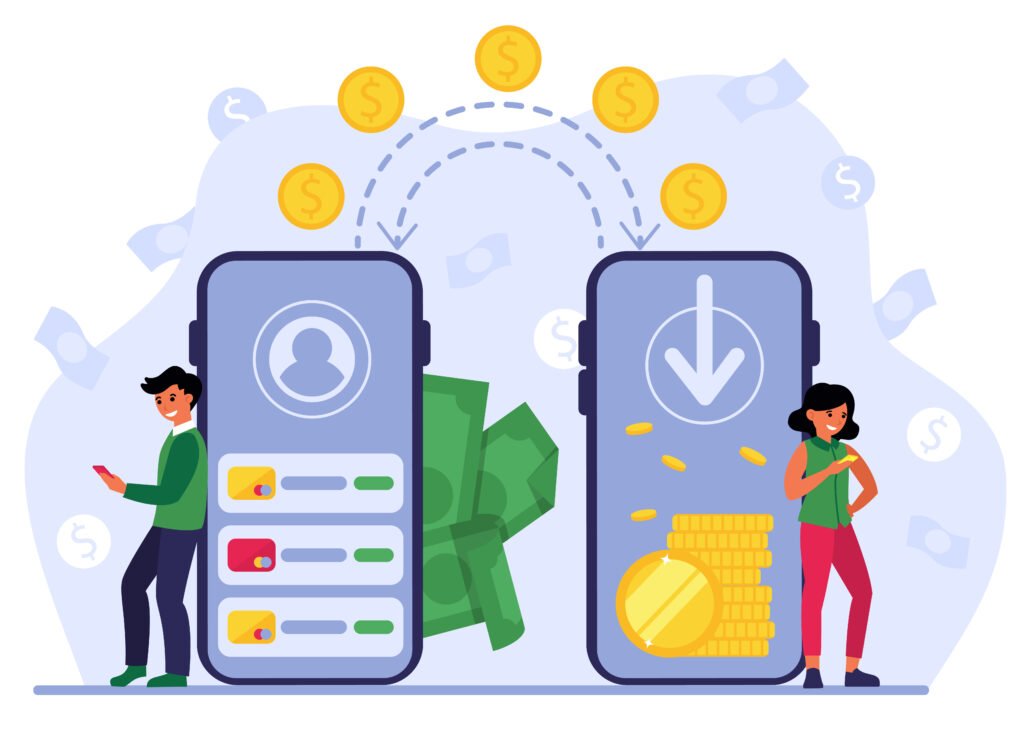



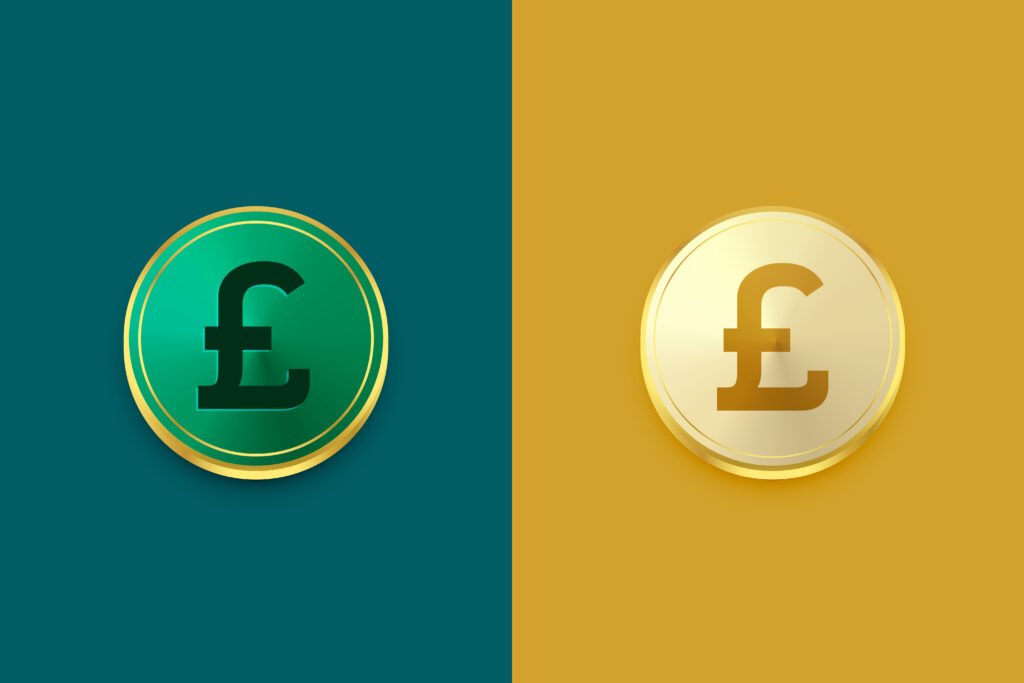








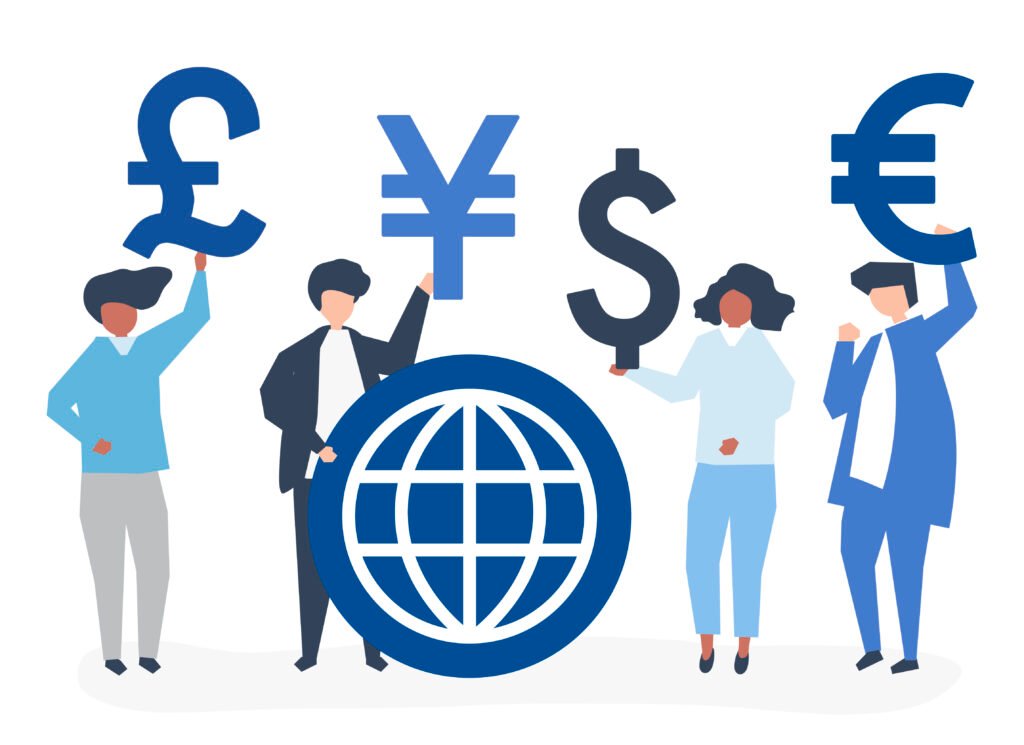


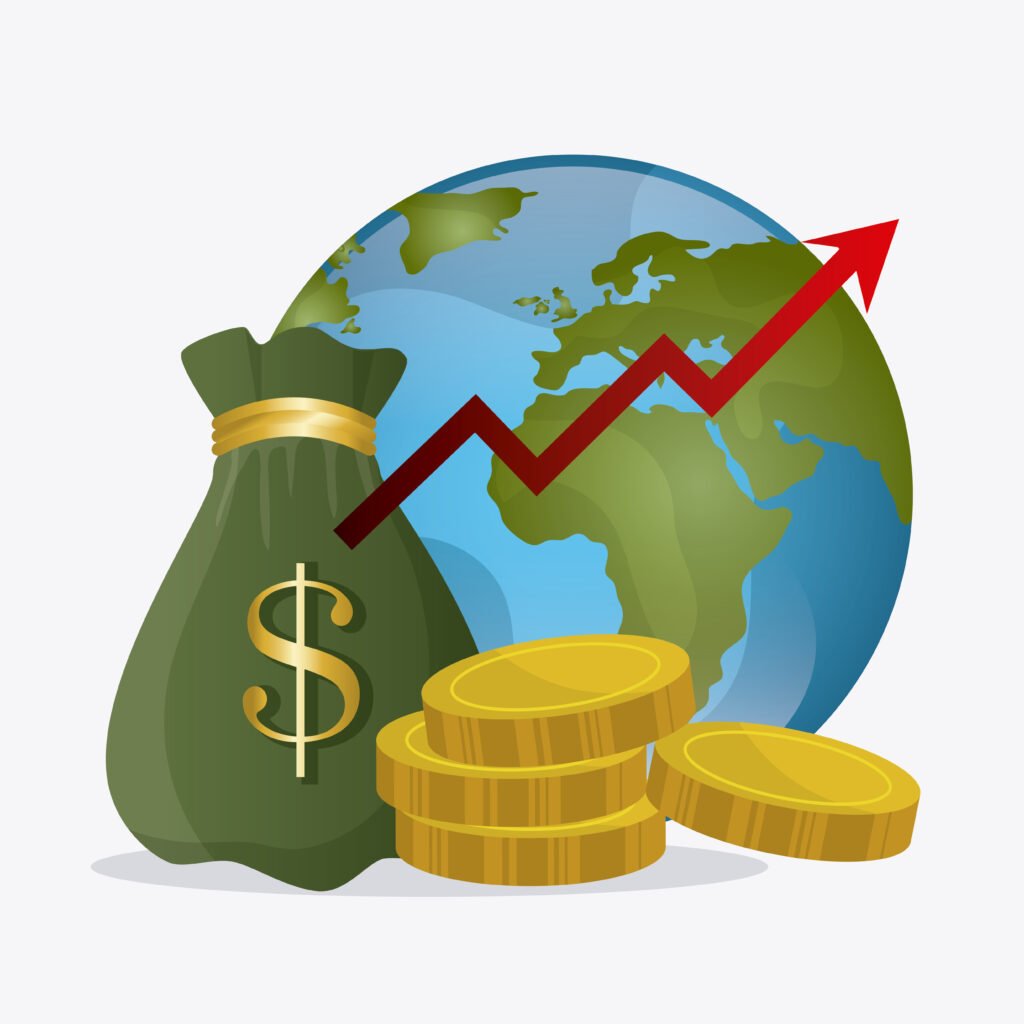


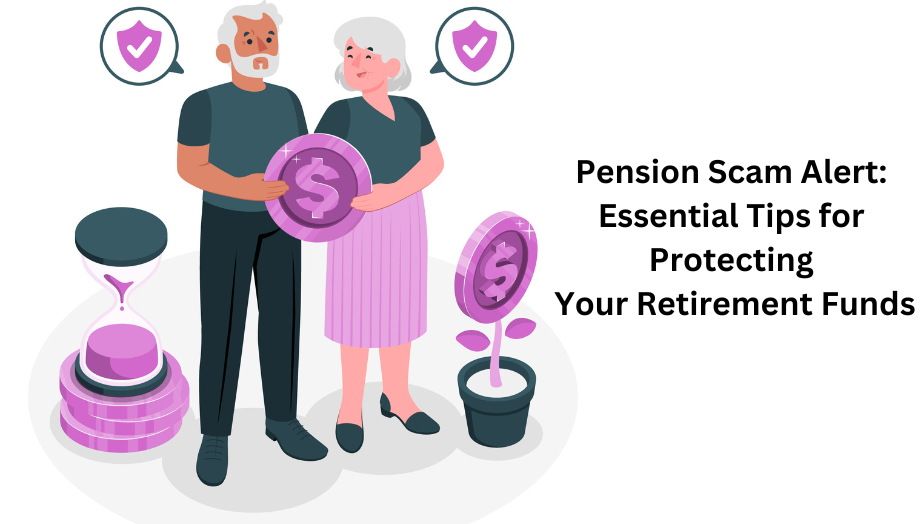



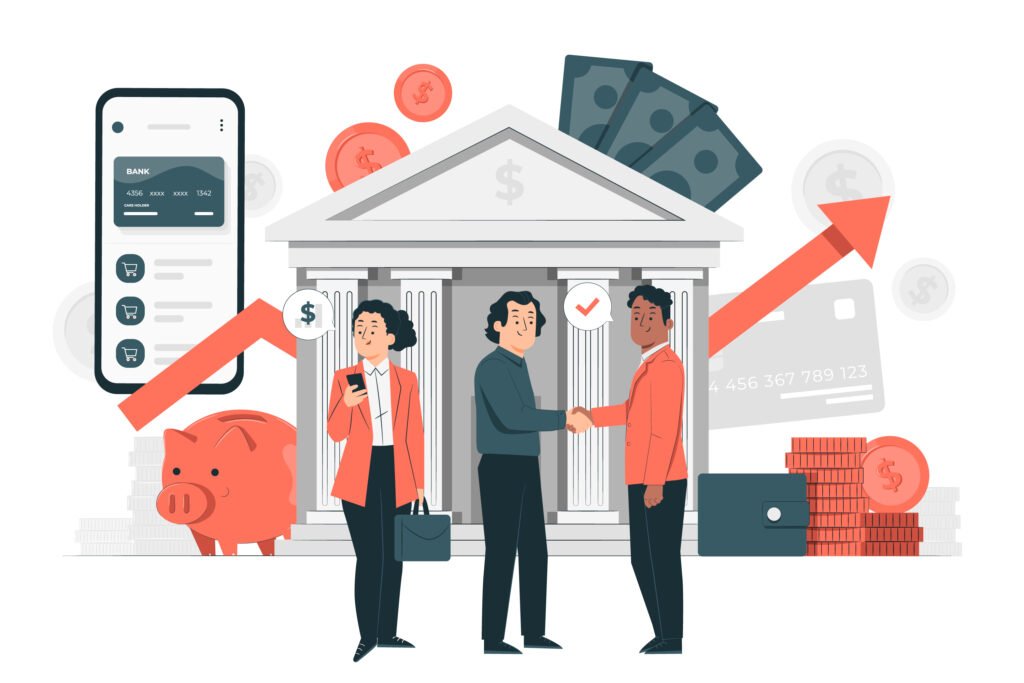








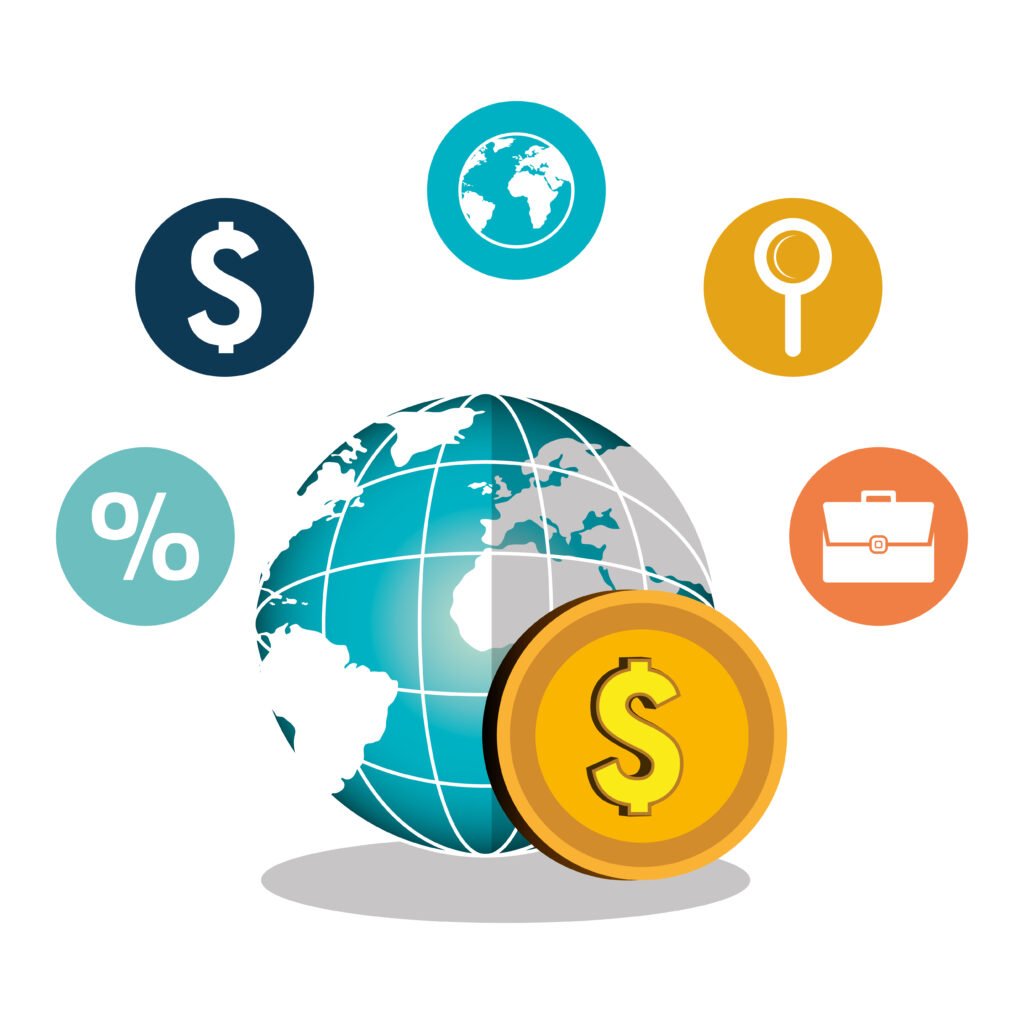
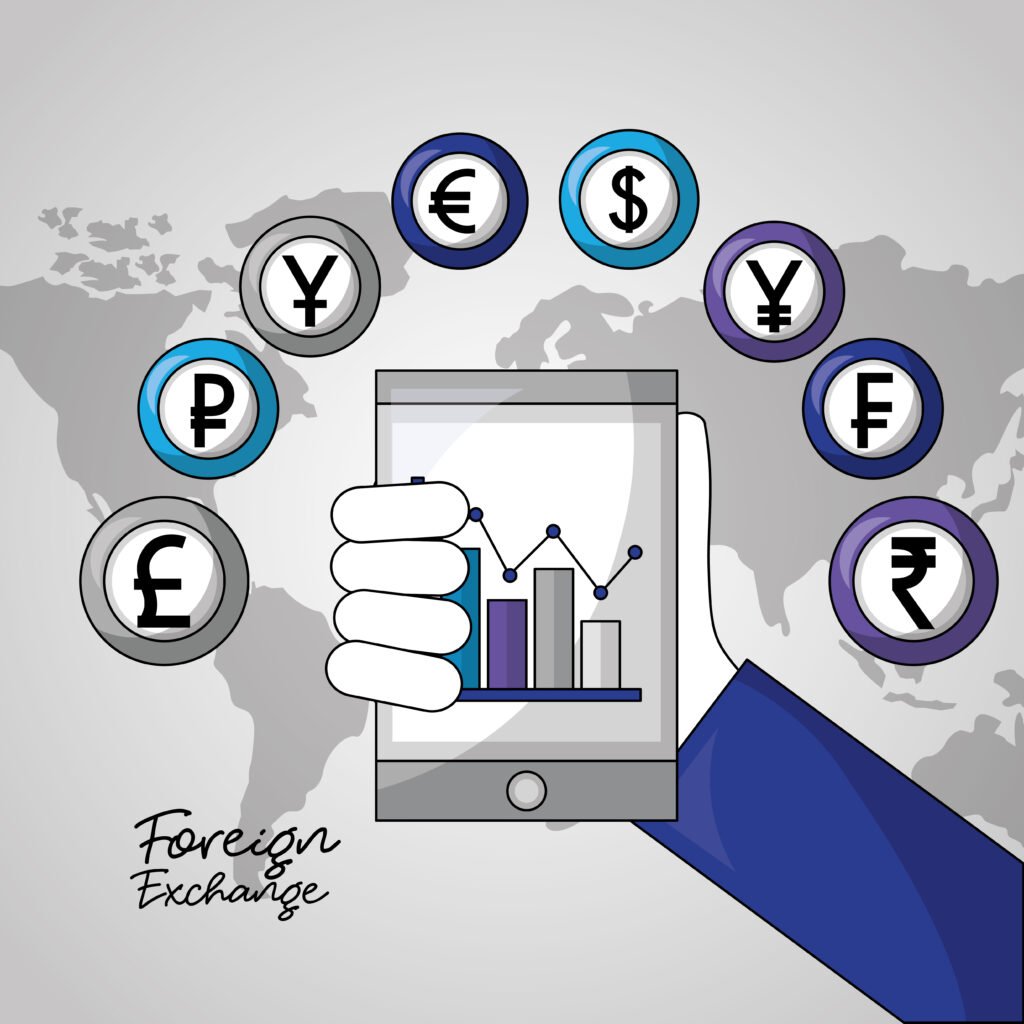


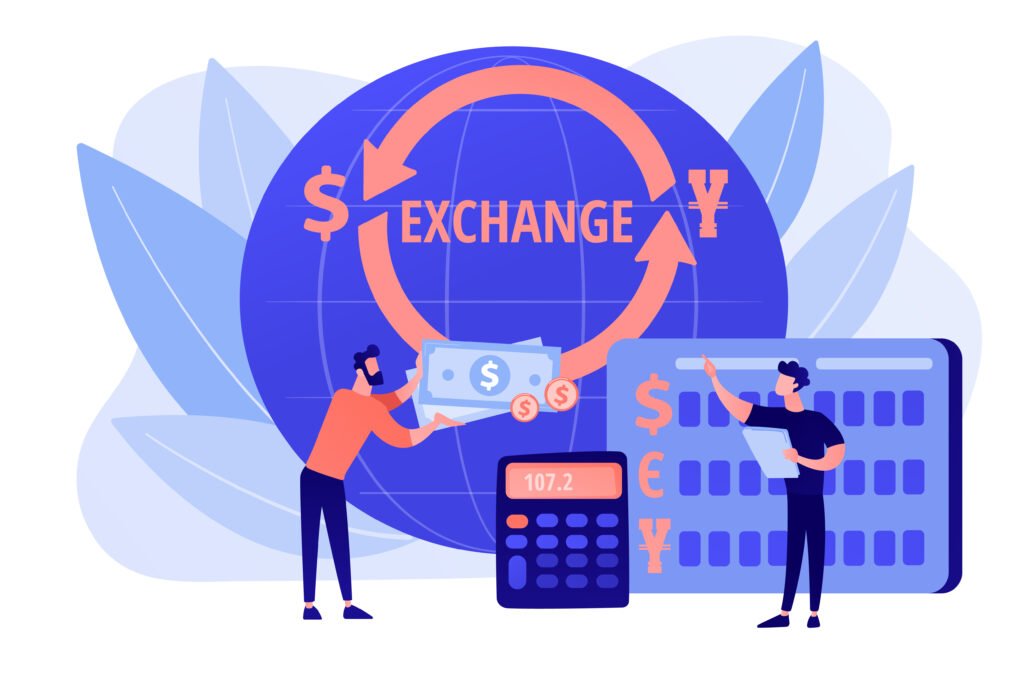


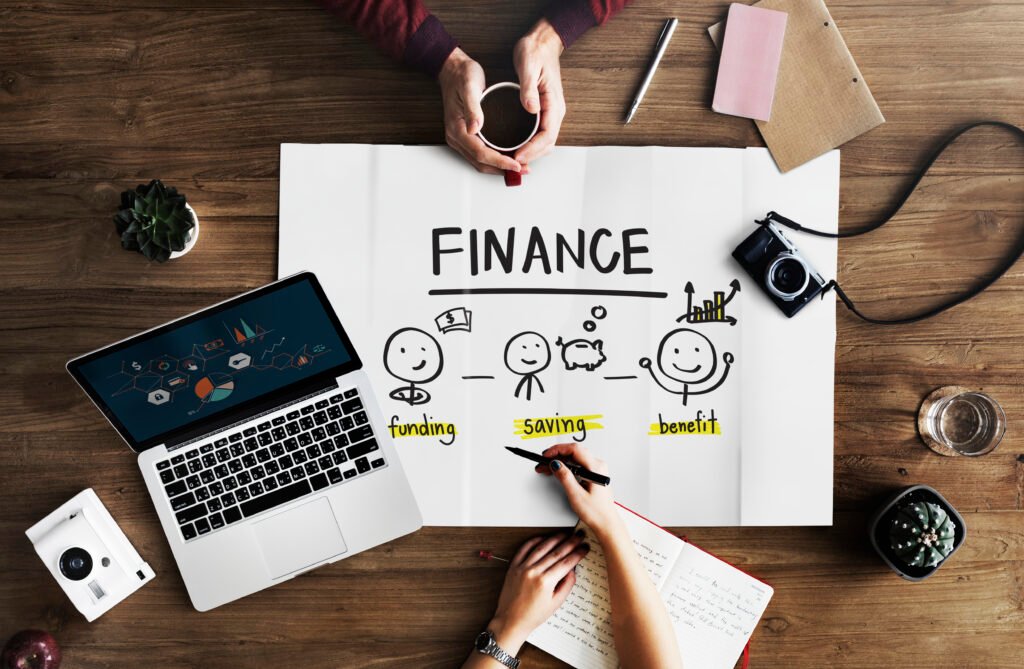

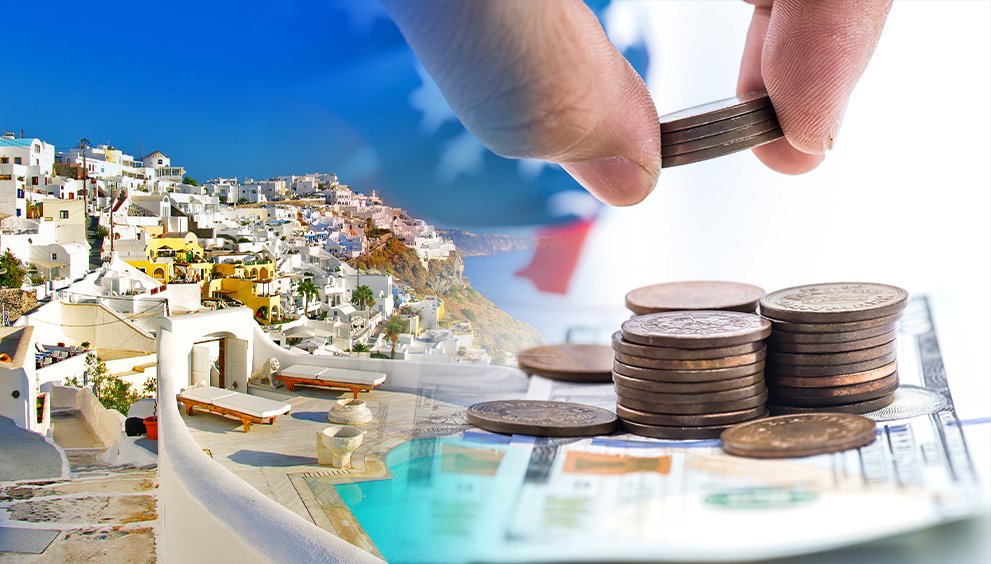


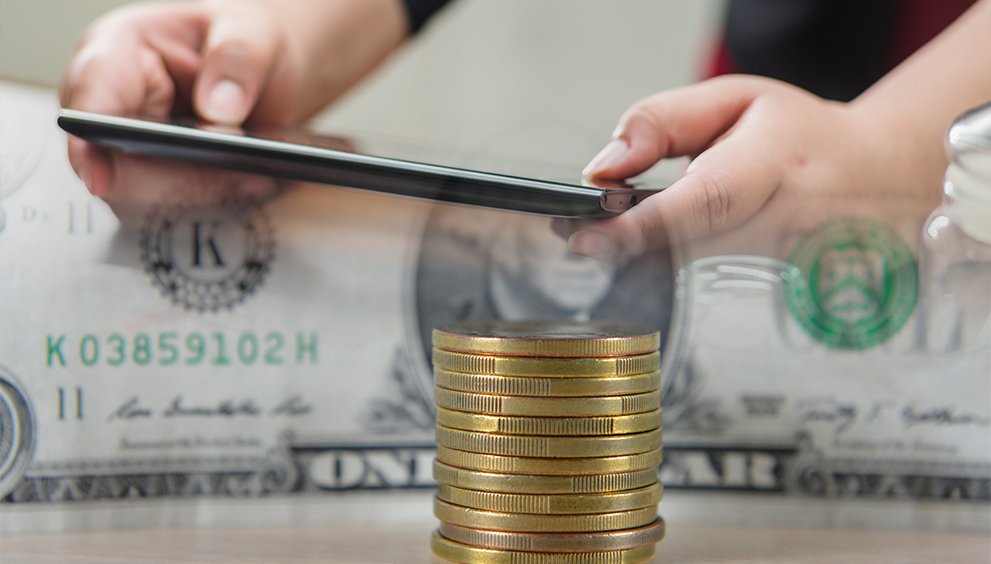

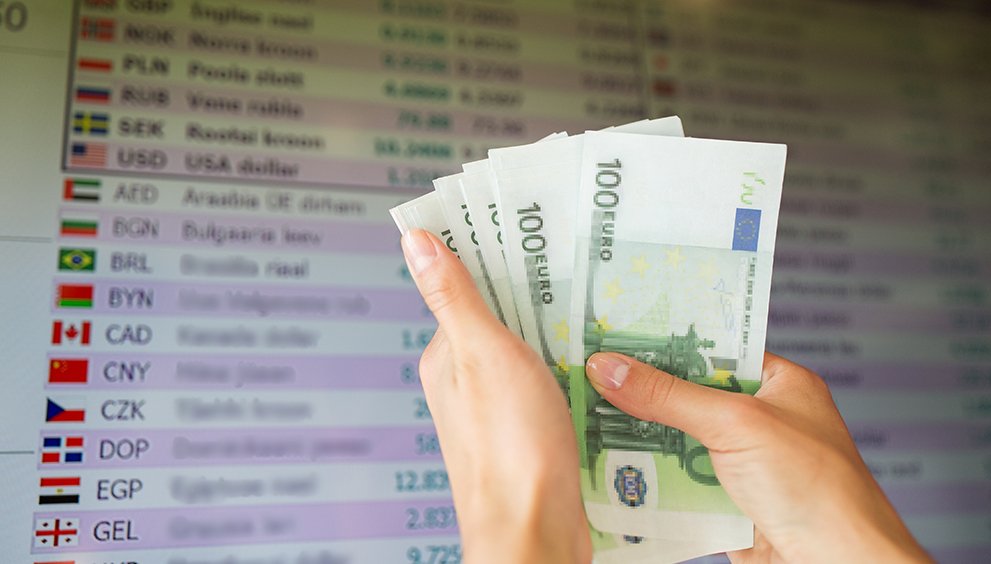
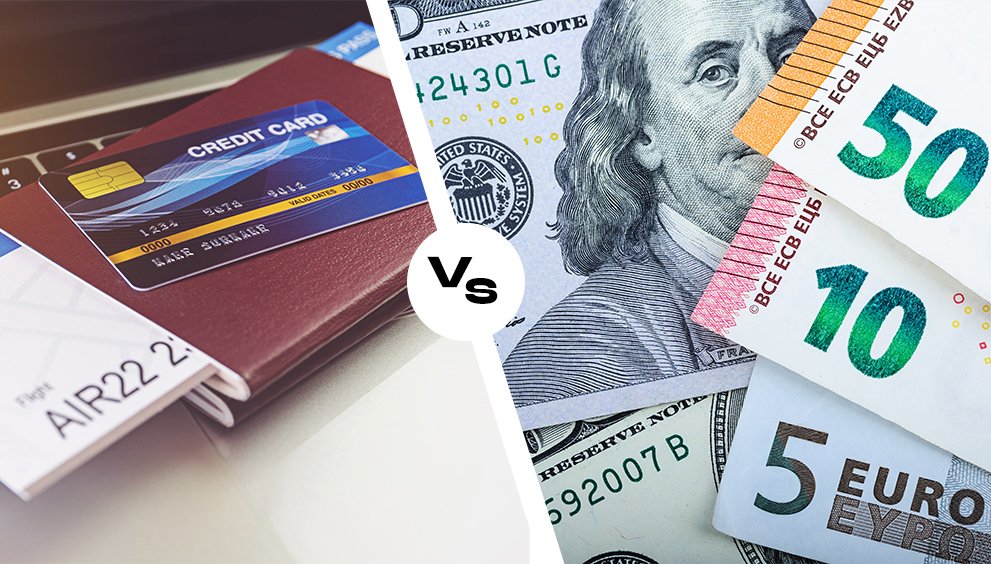

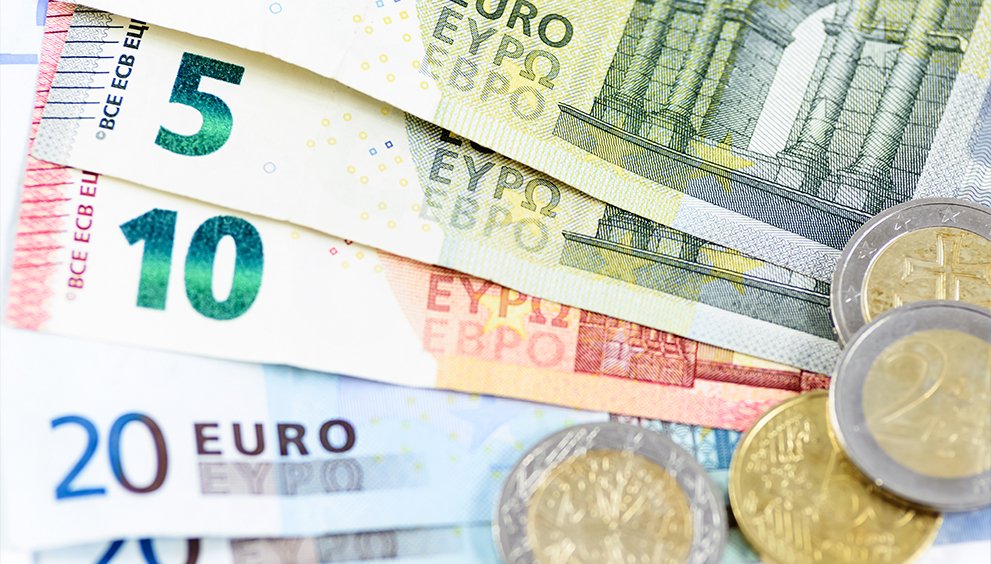



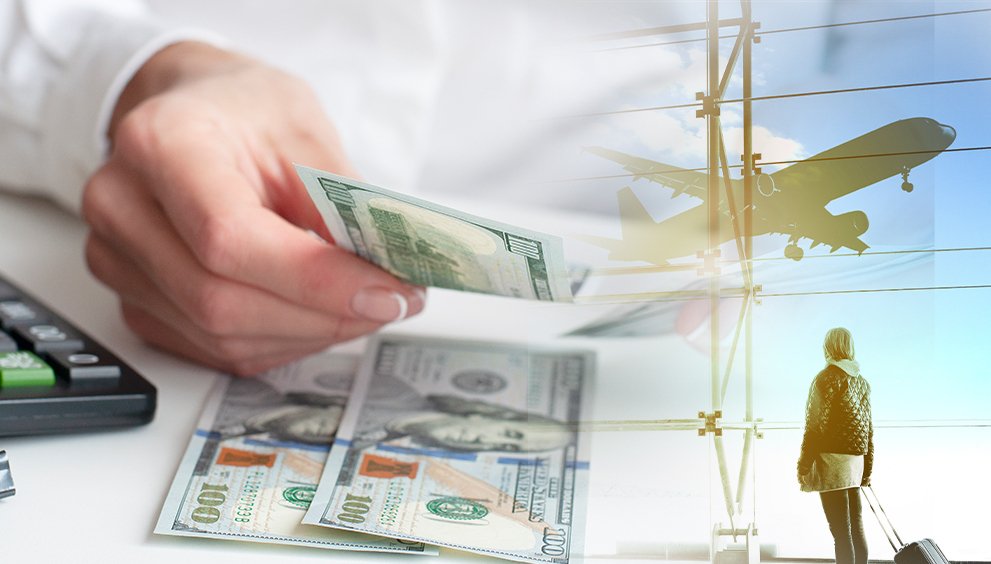






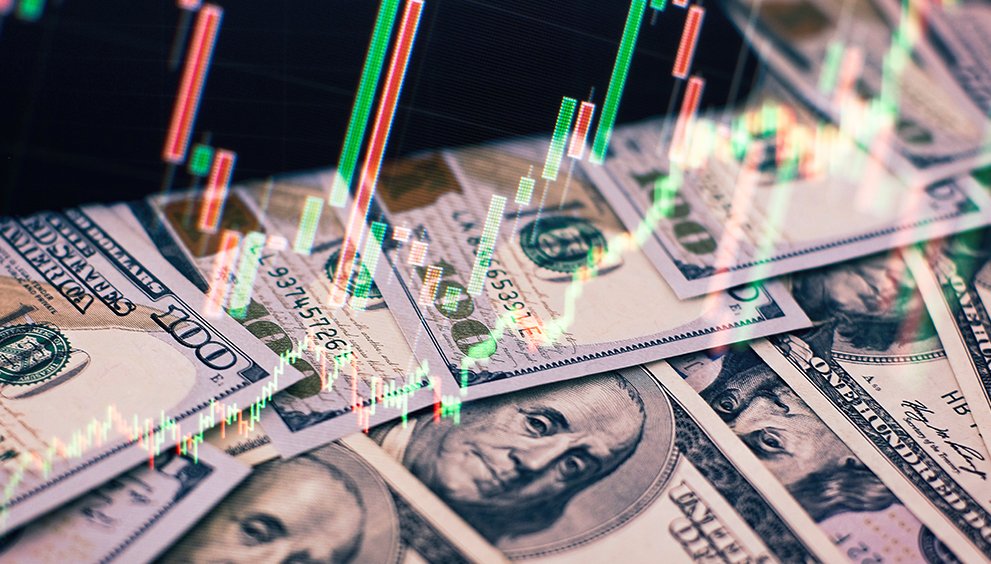

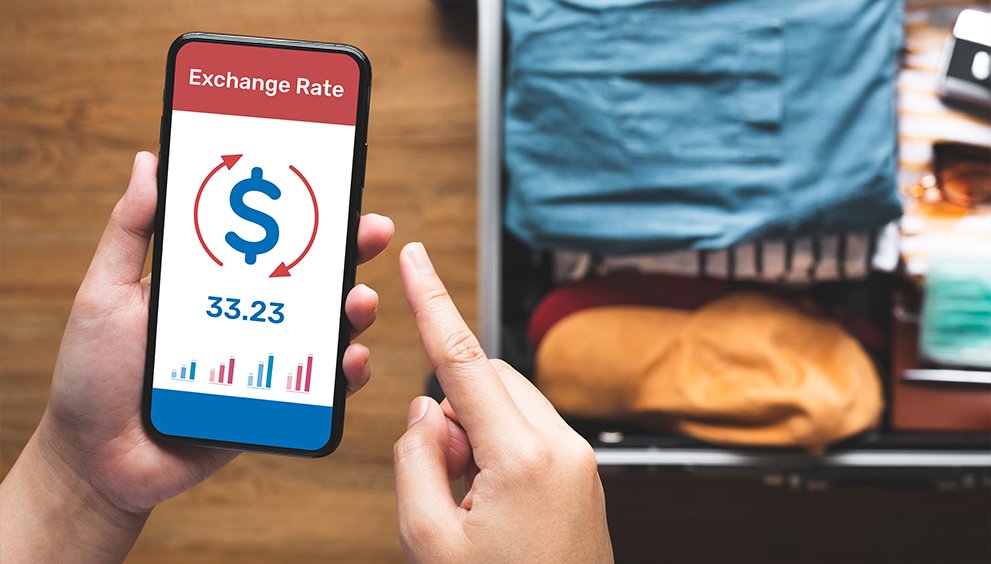
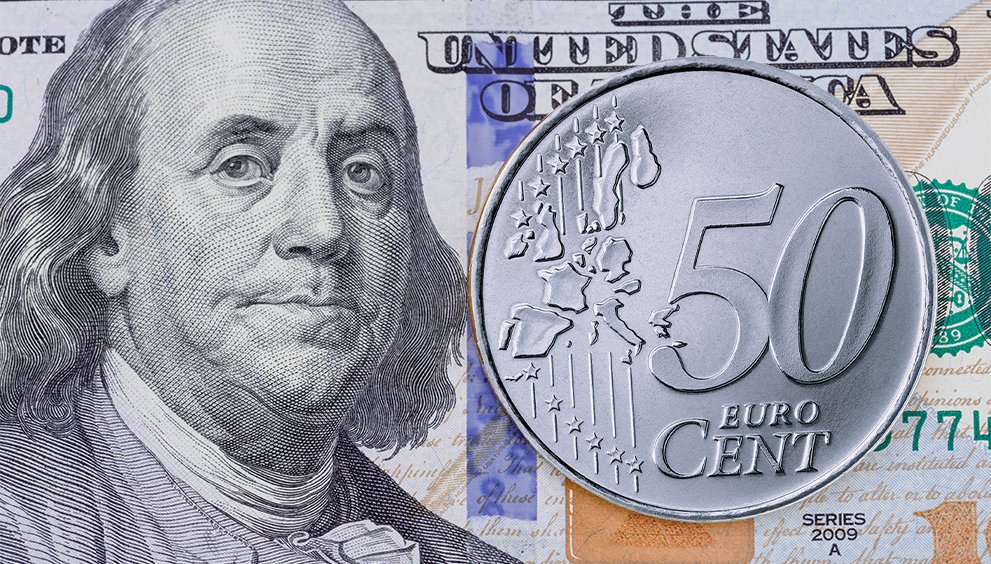
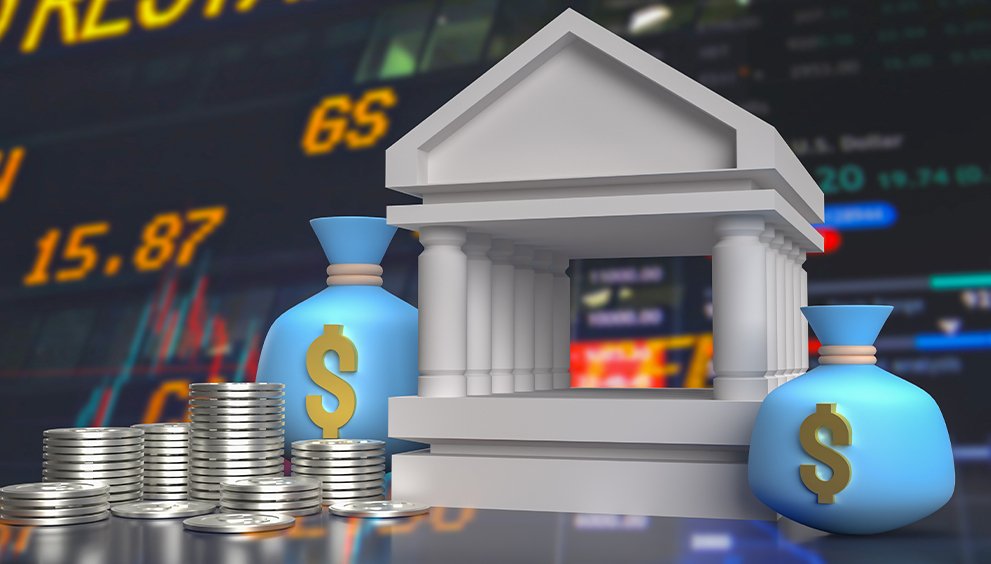
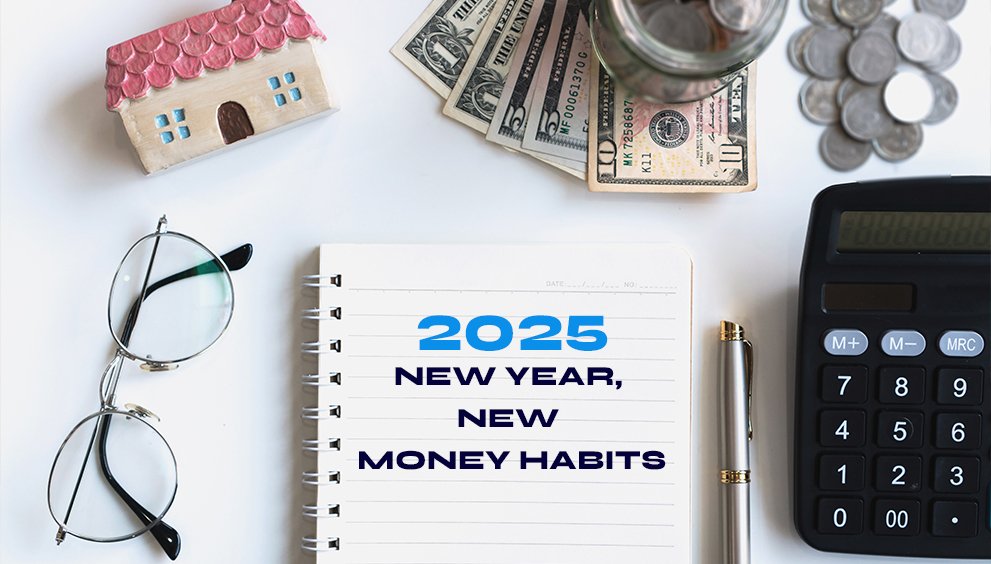



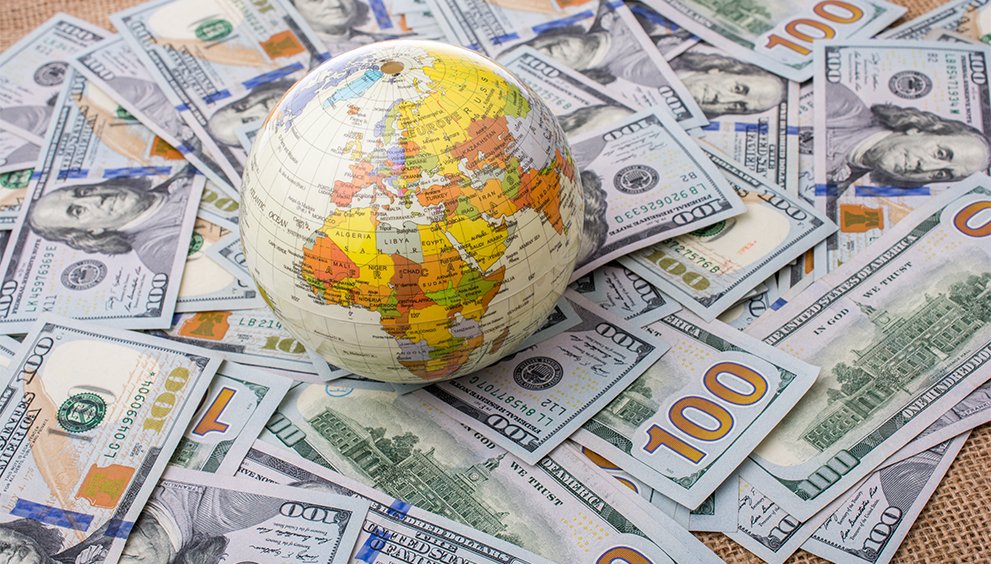

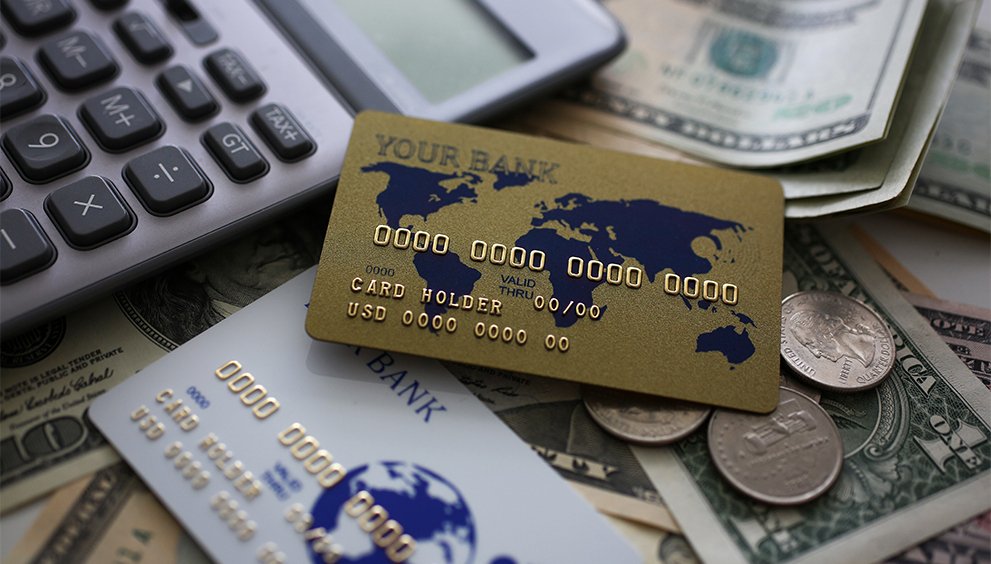
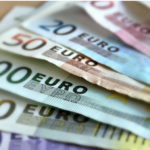

How to Get the Best Pound Exchange Rate in 2025?
08th Apr 2025[…] How to Find the Best Euro Exchange Rate […]